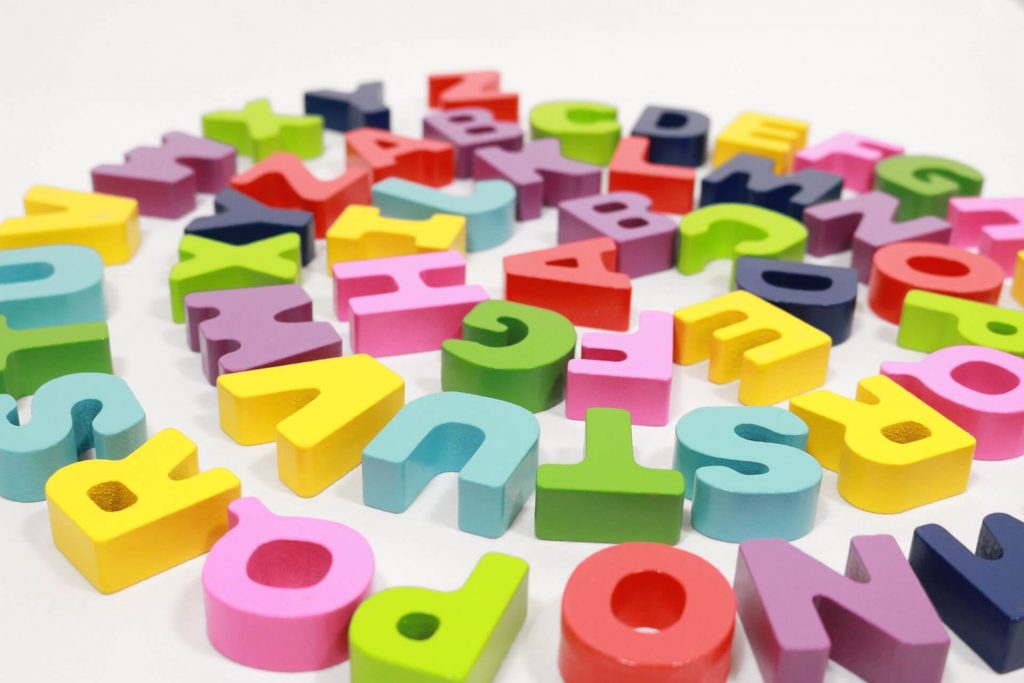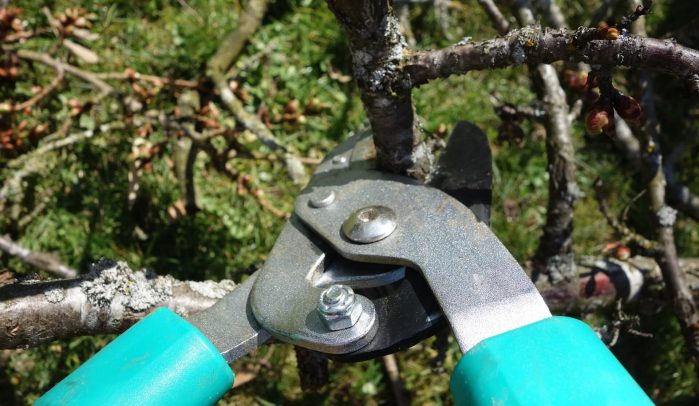UPDATED AUGUST 12, 2025
We prune trees to keep them healthy
Cutting off the dead and overgrown branches makes the rest of the tree stronger.
Pruning your copy and content makes your writing stronger, too.
6 Good reasons to prune your copy
Pruning your copy will:
- Improve the focus and flow
- Make it more relevant to your main topic
- Make it more concise and easier to consume
- Its message clearer and more compelling
- Make it more punchy, powerful and effective
- Keep your readers engaged and interested.
10 things I’ll cut from your copy to make it stronger
So now you understand the value of pruning your copy, how does it work and what are the best things to cut?
1. Extraneous details
You know those people who can turn a two-minute incident into a 20-minute story? With plots and subplots, characters and sub-characters — and a background stretching back to when time began.
Some copy reads like that.
It’s full of irrelevant and unnecessary detail that detracts from the main message and tends to confuse, rather than inform, the audience.
Truth is, you don’t have to give your audience all the information.
All they need is the information that will help them understand the points you’re trying to make. Anything more can be totally overwhelming for them.
If you’re not sure which information they need, hiring a professional copywriter could be a good decision.
Just sayin’.
When I edit your copy, I’ll remove anything that doesn’t:
- Stick to the topic
- Support your message
- Strengthen your case.
2. Unnecessary words
You don’t get extra credit for using more words than you need to, so keep it concise and don’t use several words where one or two would suffice.
For example:
- In order to —> to
- This is a subject which —> this subject
- Due to the fact that —> because
- With regard to —> regarding
- In the event that —> if.
3. Waffle
But not this kind of waffle. Mmmm… waffles.
I digress.

What counts as waffle?
Waffle is writing that’s vague and trivial.
It’s filler.
It’s any section or sentence that doesn’t:
- Add something valuable and interesting
- Introduce something new and relevant
- Improve clarity and understanding
- Make valid and necessary points.
It’s what a student might use to bulk up their essay when they’ve run out of meaningful things to say. Or that writers add to their copy when they have a word count to meet.
Word counts are the devil. Truly.
Copy-editing is all about distilling and refining your message, making it clear, clean and streamlined. And this means the waffle has to go.
4. Non-specific and indefinite words
Indefinite words make your writing sound woolly and vague.
Here are some examples of non-specific and indefinite words:
- A bit
- A few
- A lot
- Kind of
- Like
- May
- Quite
- Rather
- Really
- Reasonably
- Somewhat
- Stuff
- Things
- Various
- Very.
Cutting words like these from your copy will make it more powerful, assertive and confident.
Even better, make your sentences specific. Providing evidence for any claims you’re making will make them irrefutable.
5. Long and rambling sentences
Long sentences can be convoluted and difficult to read.
For clarity, ease of reading, a sentence should be anything from one word up to a maximum of around 23 words. To maintain a good flow and to keep your audience engaged, you should vary your length sentence lengths.
To keep them short and manageable, each sentence should make one point — or two points at most.
To identify which sentences are too long, I’ll read them aloud. If I need to stop for breath before I get to the end of a sentence, I’ll know I need to shorten it.
6. ‘Crutch’ words
‘Crutch’ words are supporting words. They’re often used to prop up sentences that are more than capable of standing on their own.
Here are some examples of crutch words:
- Absolutely
- Actually
- Basically
- Categorically
- Completely
- Essentially
- Generally
- Honestly
- Just
- Literally
- Obviously
- Seriously
- That
- Totally
- Well.
Your copy will almost always be stronger without them.
7. Jargon and business-speak
Jargon is the specialised terminology you use in your industry. It’s language you know, understand and use regularly — but your ideal customers may not. If you use it in your copy, without explaining what it means, it will confuse your audience and make them think twice about buying from you.
Corporate jargon — also known as business speak — may also be unfamiliar. And nobody wants to be waterboarded with buzzwords — especially the cringey, embarrassing kind.
Examples of corporate jargon include:
- Blue-sky thinking/thinking outside the box — otherwise known as thinking
- Buy-in — agreement on a course of action
- Core competency — to describe a person’s strength
- Low-hanging fruit — aka easy wins
- Peel the onion — to dissect a problem or issue layer by layer
- Reaching out — aka making contact
- Solutions — a vague and overused word that could mean anything
- S.W.A.T. team — meaning a group of experts.
Cutting this from your copy will make you instantly more likeable. And your audience won’t look at you like you’ve farted in their lift.
8. Formality
Contrary to what you might have been led to believe, formality doesn’t make your writing sound more professional.
This style or writing is for official communications, academic papers and legalese.
Used in copy and content, it merely sounds like one has a stick up one’s ass.
Stiff, corporate and boring. And who wants to read that?
Copy should be conversational, accessible and engaging. It should sound human and relatable to make a connection with your audience.
When we talk, conversationally, we use contractions, like these:
- What is —> what’s
- Who is — who’s
- Where is —> where’s
- You are —> you’re
- They are —> they’re
- It is — it’s.
When your copy accessible, it uses words your audience can understand without needing a dictionary.
And when your copy is engaging, it means people want to read it.
9. ‘That’
The word ‘that’ isn’t always necessary. If your copy still reads well and makes sense without it, I’ll remove it.
10. Unnecessary punctuation
Punctuation plays an important role in your writing, but only where it’s needed. Overuse can be jarring to read and will interrupt your flow.
Need some help to prune your copy?
Sometimes you’re too close to your copy and you need an objective eye to show you where the problems are.
I’m Jenny Lucas, a freelance copywriter, content writer and no-nonsense copy editor who’s ruthless with a red pen.
I once whittled down a client’s copy from two sides of A4 to half a side of A4. When I cut out all the dead wood, his piece was strong, focused and powerful — and he thanked me for it.
If you’d like me to do the same for you, it’s easy to get in touch.

You might also like…



